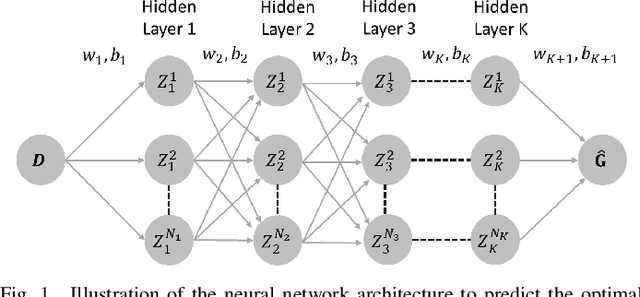Physics-Informed Neural Networks for AC Optimal Power Flow
Paper and Code
Oct 06, 2021



This paper introduces, for the first time to our knowledge, physics-informed neural networks to accurately estimate the AC-OPF result and delivers rigorous guarantees about their performance. Power system operators, along with several other actors, are increasingly using Optimal Power Flow (OPF) algorithms for a wide number of applications, including planning and real-time operations. However, in its original form, the AC Optimal Power Flow problem is often challenging to solve as it is non-linear and non-convex. Besides the large number of approximations and relaxations, recent efforts have also been focusing on Machine Learning approaches, especially neural networks. So far, however, these approaches have only partially considered the wide number of physical models available during training. And, more importantly, they have offered no guarantees about potential constraint violations of their output. Our approach (i) introduces the AC power flow equations inside neural network training and (ii) integrates methods that rigorously determine and reduce the worst-case constraint violations across the entire input domain, while maintaining the optimality of the prediction. We demonstrate how physics-informed neural networks achieve higher accuracy and lower constraint violations than standard neural networks, and show how we can further reduce the worst-case violations for all neural networks.
 Add to Chrome
Add to Chrome Add to Firefox
Add to Firefox Add to Edge
Add to Edge